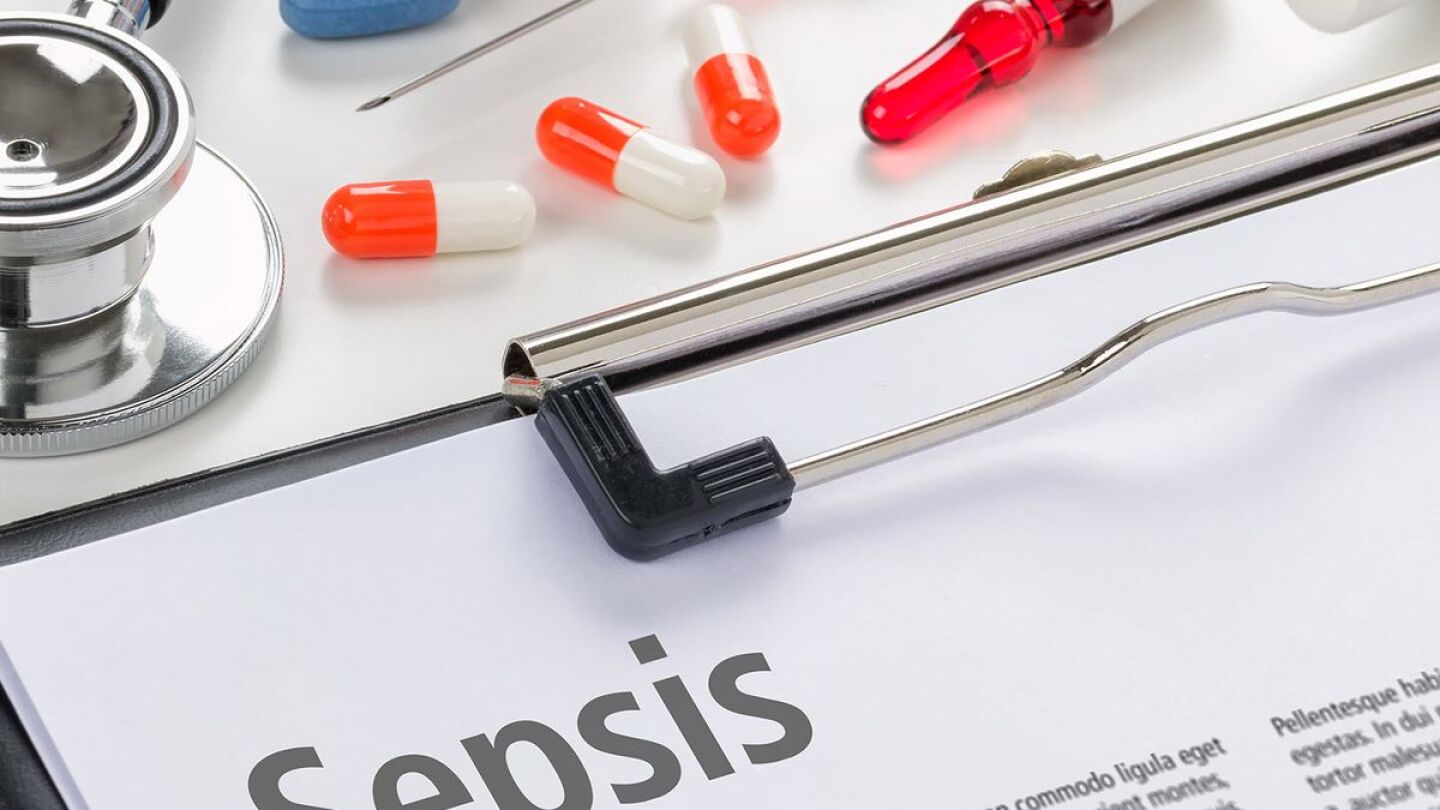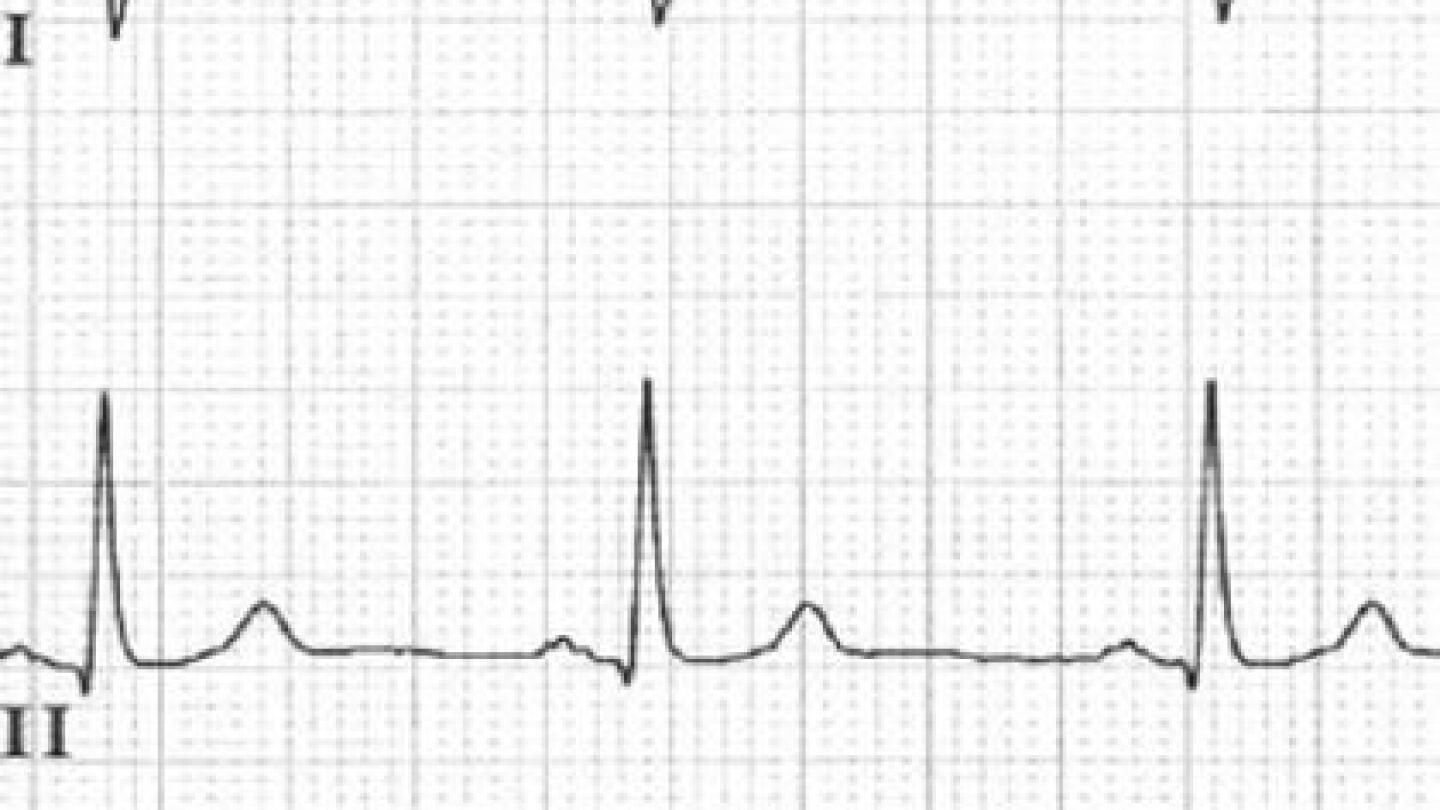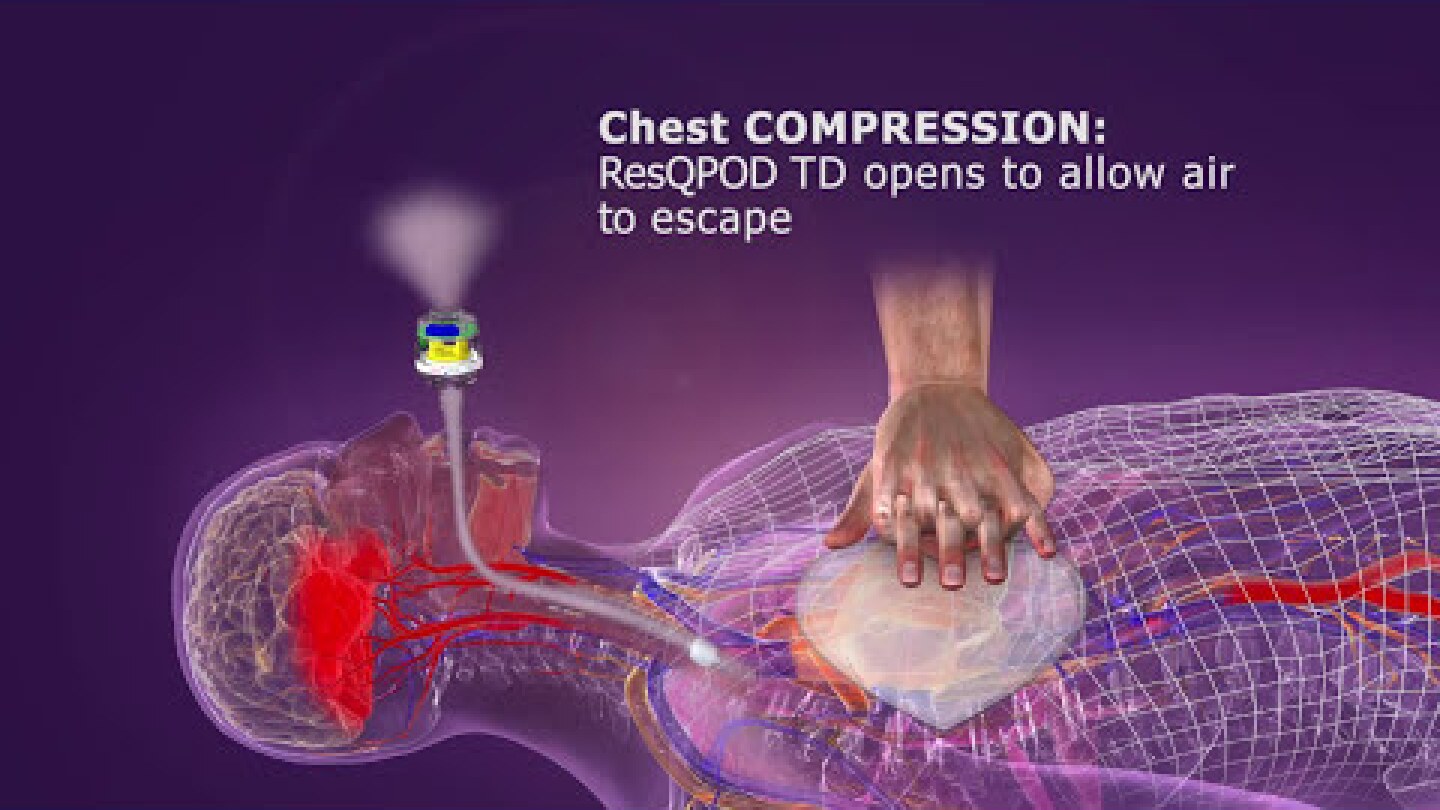Medical Monitoring
The Medical Monitoring topic contains news and information about medical monitoring, outlines the current trends and what the future may hold for EMS providers.
Common agents used in drug-facilitated sexual assault: How to recognize them and how they impact care
A month after his son initiated CPR for his first SCA, Wayne Kewitsch suffered a second medical emergency while driving
New research explores how point-of-care lung ultrasound can improve prehospital identification of acute heart failure
We’ve all heard about getting ‘back to the basic,’ but sometimes paramedics need to make sure they get back to the advanced, as well
EMS providers will get 90 modems and data plans for units to transmit electrocardiograms from the field
Design your training scenario to include increasingly complicated sepsis symptoms to test EMS providers’ differential diagnosis skills
A portable ultrasound machine enabled eFAST exam can identify free fluid, a pneumothorax or signs of dissection from the back of an ambulance
Learn about the regulations and equipment needed to treat diabetic emergencies, syncope and cardiac emergencies in flight
Titrating naloxone through an intranasal dose through a nebulizer and monitoring with capnography can reduce the risks of opioid withdrawal symptoms to the patient and EMS provider
Dr. Dan Spaite shares how to avoid the potential pitfalls in positive-pressure ventilation, hyperventilation and over-ventilation
The flipped classroom is an inquiry-based learning strategy designed to improve student engagement, discovery and outcomes
Examining the hardware and software requirements, and where P-POCUS fits into the EMS scope of practice
A study of over 5,000 intubations demonstrates the value of continuous quality improvement
New research questions whether pharmacotherapy in cardiac arrest is effective at ROSC and long-term survival
Erratic glucose levels can indicate a number of more serious conditions that should be considered before releasing a patient
There’s more to a diagnostic ECG than just 12-leads, and there’s more to a 12-lead than just ST-Elevation
The American Heart Association announced the first change to the standards in 14 years, tightening the guidelines to include millions more American adults
Learn more about high-quality, high-performance CPR
GlideScope Go is designed to provide clear airway views in a wide variety of settings
I soon discovered that although learning about 12-leads wasn’t hard, doing them prehospitally could be
Checking blood sugar levels in the field has become routine
Here are the EKG Club’s recommended steps for interpreting cardiac rhythms and 12-lead EKGs
An unconscious patient, with absent or ineffective breathing, may be in sudden cardiac arrest or have overdosed on an opioid; here’s how to assess and treat the patient
Show off your trauma knowledge with this quiz about trauma patient assessment and treatment
Understand how monitoring tools can be used to guide treatment for COPD exacerbations
As EMS technology and service models continue to evolve words, phrases or activities will become tradition
Lactate may be used to identify a common killer in the prehospital environment
By monitoring vitals during drug use, nurses can administer oxygen and IV fluids to keep patients alive
We asked SA���ʴ�ý readers to share their knowledge and use of capnography during patient care




























